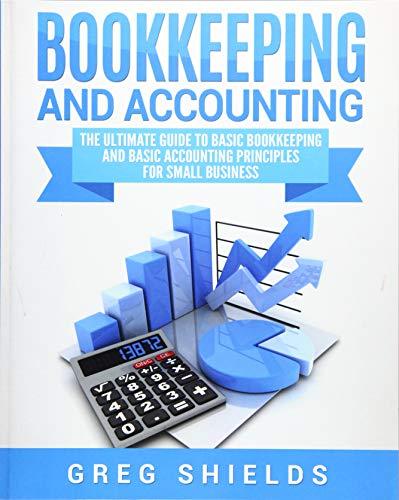Assume that you are in the business of making cotton clothing. Your business is located in the U.S. However, you purchase your cotton from Egypt because of the quality of the cotton. The price of Egyptian cotton per bale is $743. You purchase 1000 bales per year to make your jeans. Assume the tariff is 5%. Your cost of getting the cotton to the U.S from Egypt is another $50 per bale - handling cost, paperwork, shipping costs and insurance, plus miscellaneous costs. Therefore, the cost per bale at your door in the U.S. is about $830 dollars. One bale of cotton will make about 330 pairs of jeans. Therefore, the cost of the cotton in each pair of jeans is about $2.50 cents. You sell most of the jeans your company produces to Europe to wholesalers. The price you are getting right now per jean is $35 when they arrive at the place of business of the wholesaler located in Frankfurt, Germany. That price includes the cost of shipping the jeans to Frankfurt. It also includes the cost of the tariff you must pay in Frankfurt to get them to the buyer's location. Assume that the tariff has been 10%. Your profit on each pair of jeans, after all the above costs is $5. Per jean. Here is what has happened recently. The exchange rate of U.S. dollar to Egyptian pound has been that one dollar will buy 15 Egyptian pounds. Therefore, your cost of the cotton has been 11.145 Egyptian pounds per bale. However, the Egyptian pounds went up versus the dollar and a dollar will now purchase 13 Egyptian pounds. The price of a bale of cotton has remained at 11,145 Egyptian pounds. That means your cost per bale has now increased to about $857. The cost of shipping has remained the same. The tariff is the same but now on $857, which equals about $43. Therefore, the cost of a bale of cotton to get to your door in the U.S. is now $950. Which increases the cost of the cotton per jean to about $2.90 What else has happened is that the U.S. increased tariff on Europe, and in response the EU has increased its tariffs on jeans from 10% to 25%. Also, the Euro has declined against the dollar. Prior to this change it took 29 Euros to purchase $35 dollars. Now it takes 32 Euros to purchase $35. The wholesaler in Frankfurt wants you to reduce your price to $32 per jean so the cost in Euros remains about the same. At $35 per jean, you made $5 profit. You already have a cost increase 40 cents per jean just to the change in Egyptian currency. The above are things that happen to someone engaged in international business. I gave you a start on the increased cost per jean just based on the change in the exchange rate between the dollar and the Egyptian pound. 1 - Based on the above information I want you to now do all the calculation based on the above changes as to what the cost of a pair of jeans will be at the door of the Frankfurt buyer. You may assume the shipping costs, insurance, etc. have not changed. What has changed regarding Europe is the increased cost per jean due to the Egyptian currency change and then the changes in the tariff rate and the change in the Euro versus the dollar. HINTI: What you will have to do is start with the original cost of $30 of the jeans being sent to Frankfurt. Understand that the increased tariff is based on what your cost is $30 in Europe at 10% was included in the $30. That means prior to the tariff being added the cost was about $27.25. Therefore, you use that number for the new 25% tariff that will be added. (worth 20 points) #2. This should be relatively easy after you did #1. How much will you have to charge the Frankfurt buyer to continue to make a profit of $5 per jean? (worth 10 points)








